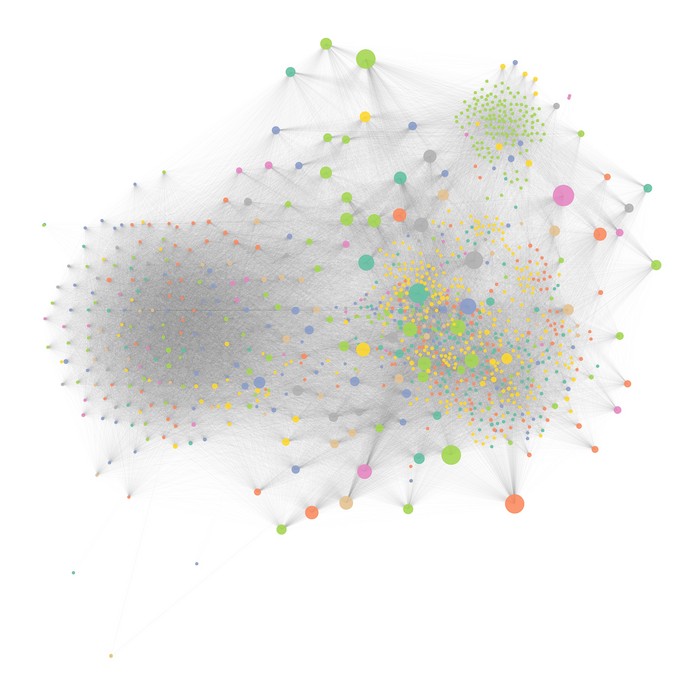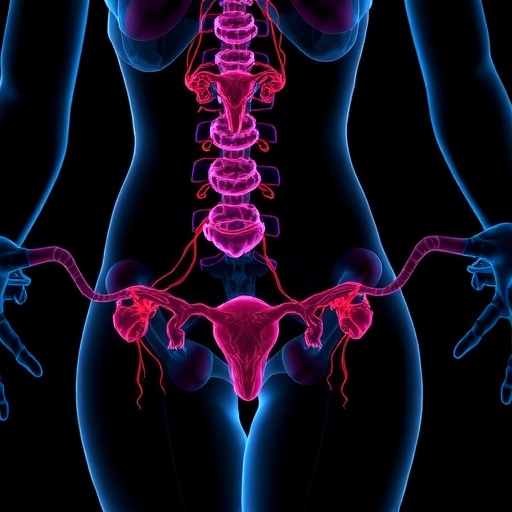In the past decade, scientists have described hundreds of novel viruses with the potential to pass between wildlife and humans. But how can they know which are riskiest for spillover and therefore which to prioritize for further surveillance in people?

Credit: UC Davis
In the past decade, scientists have described hundreds of novel viruses with the potential to pass between wildlife and humans. But how can they know which are riskiest for spillover and therefore which to prioritize for further surveillance in people?
Scientists from the University of California, Davis created network-based models to prioritize novel and known viruses for their risk of zoonotic transmission, which is when infectious diseases pass between animals and humans.
Their study, published in the journal Communications Biology, provides further evidence that coronaviruses are riskiest for spillover and should continue to be prioritized for enhanced surveillance and research.
The machine learning models were designed by the EpiCenter for Disease Dynamics at the UC Davis One Health Institute in the School of Veterinary Medicine.
Prioritizing novel viruses
The models found that novel viruses from the coronavirus family are expected to have a larger number of species as hosts. This is consistent with known viruses, indicating this family of viruses should be most highly prioritized for surveillance.
The scientists created a prioritization score for each virus to serve as a metric for the risk of zoonotic transmission.
“As surveillance expands, we hope to be inundated with data associated with viruses,” said lead author and veterinary epidemiologist Pranav Pandit, a researcher with the UC Davis One Health Institute. “These tools will help us understand the risk from novel viruses, which can help prepare for future pandemics.”
Environmental change and viral connections
The model uses a data-driven, virus-host network to quantify the likelihood of humans as hosts for more than 500 viruses newly discovered between 2009 and 2019. This stemmed from wildlife surveillance research conducted in Africa, Asia and Latin America by a consortium of investigators.
Host-pathogen networks provide insight into the ecology of viruses and their hosts, which is critical to understanding the risk such viruses pose to human health. This is especially important amid a changing climate and environment. As the landscape changes and species shift and move in response, the risk of viral transmission across species can increase.
“This study shows how different wildlife species are connected by the viruses they share,” said corresponding author Christine Johnson, a UC Davis professor of epidemiology and ecosystem health and director of the EpiCenter for Disease Dynamics. “Environmental change is a massive driver for moving species around. How viruses interact with different hosts in a changing environment is critical to understanding the risk they pose to human health.”
High priorities
In additional to coronaviruses, the model also ranked several paramyxoviruses as high priorities for future work. Diseases associated with this family of viruses include measles, mumps and respiratory tract infections.
“Characterizing hundreds of viruses takes a lot of time and requires prioritization,” Pandit said. “Our network-based approach helps identify the early signals in the ecological and evolutionary trajectories of these viruses. It can also help illuminate missing links between viruses and their hosts.”
The study was supported with funding from the Unites States Agency for International Development and the National Institutes of Health.
Journal
Communications Biology
DOI
10.1038/s42003-022-03797-9
Method of Research
Computational simulation/modeling
Article Title
Predicting the potential for zoonotic transmission and host associations for novel viruses
Article Publication Date
19-Aug-2022




